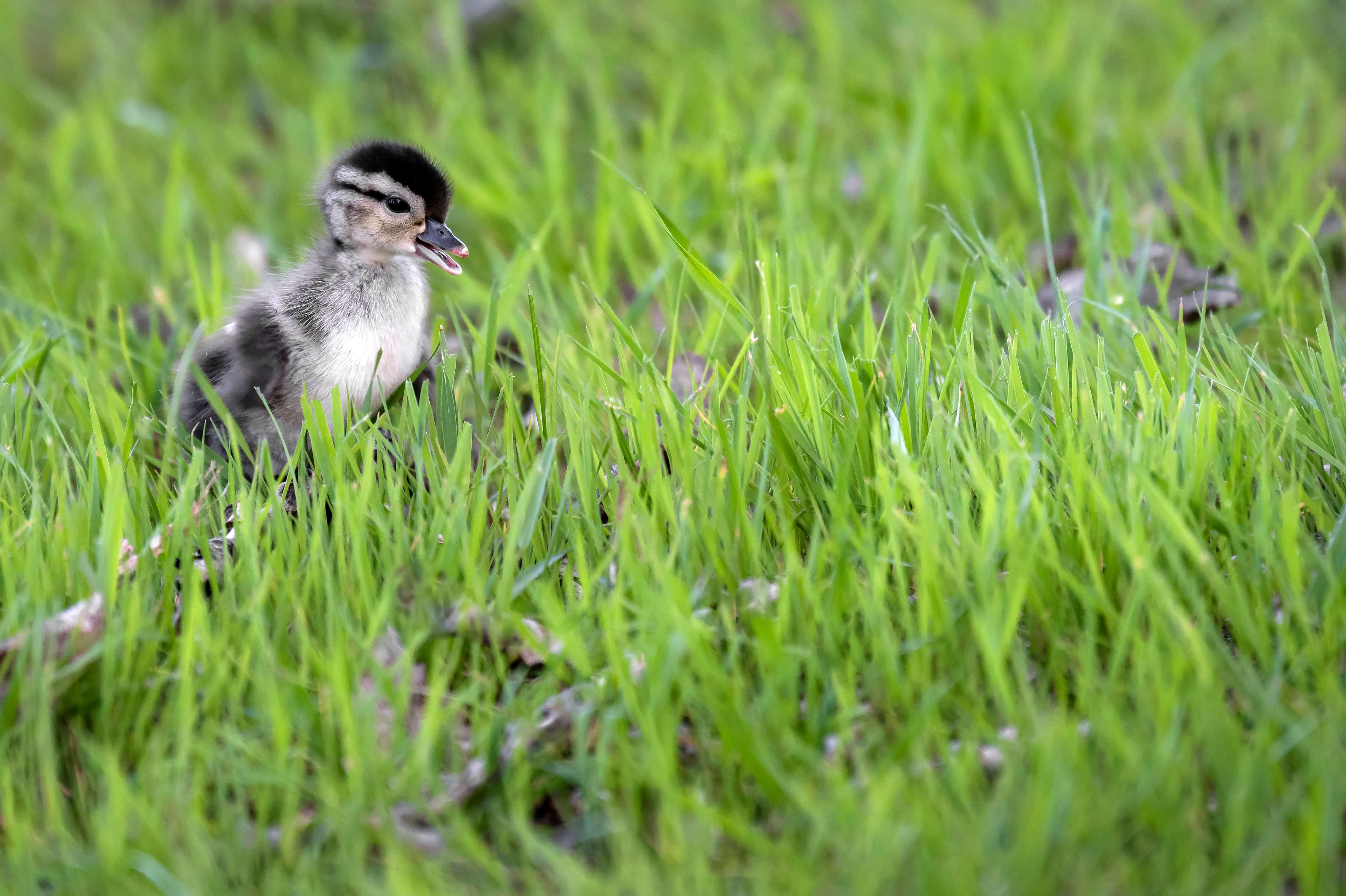
Spotting South Dakota's Baby Animals
Written by: TravelSouthDakota.com Staff Writer
About the Author
TravelSouthDakota.com Staff Writer. This article was authored by Travel South Dakota's team of writers and editors. We’re passionate about sharing the best of South Dakota, whether it's exploring national and state parks, road-tripping, diving into local culture or uncovering hidden gems. Some of us grew up here, others got here as fast as we could — but we’re all on the lookout for the best spots to eat, stay and experience in the land of Great Faces, Great Places.